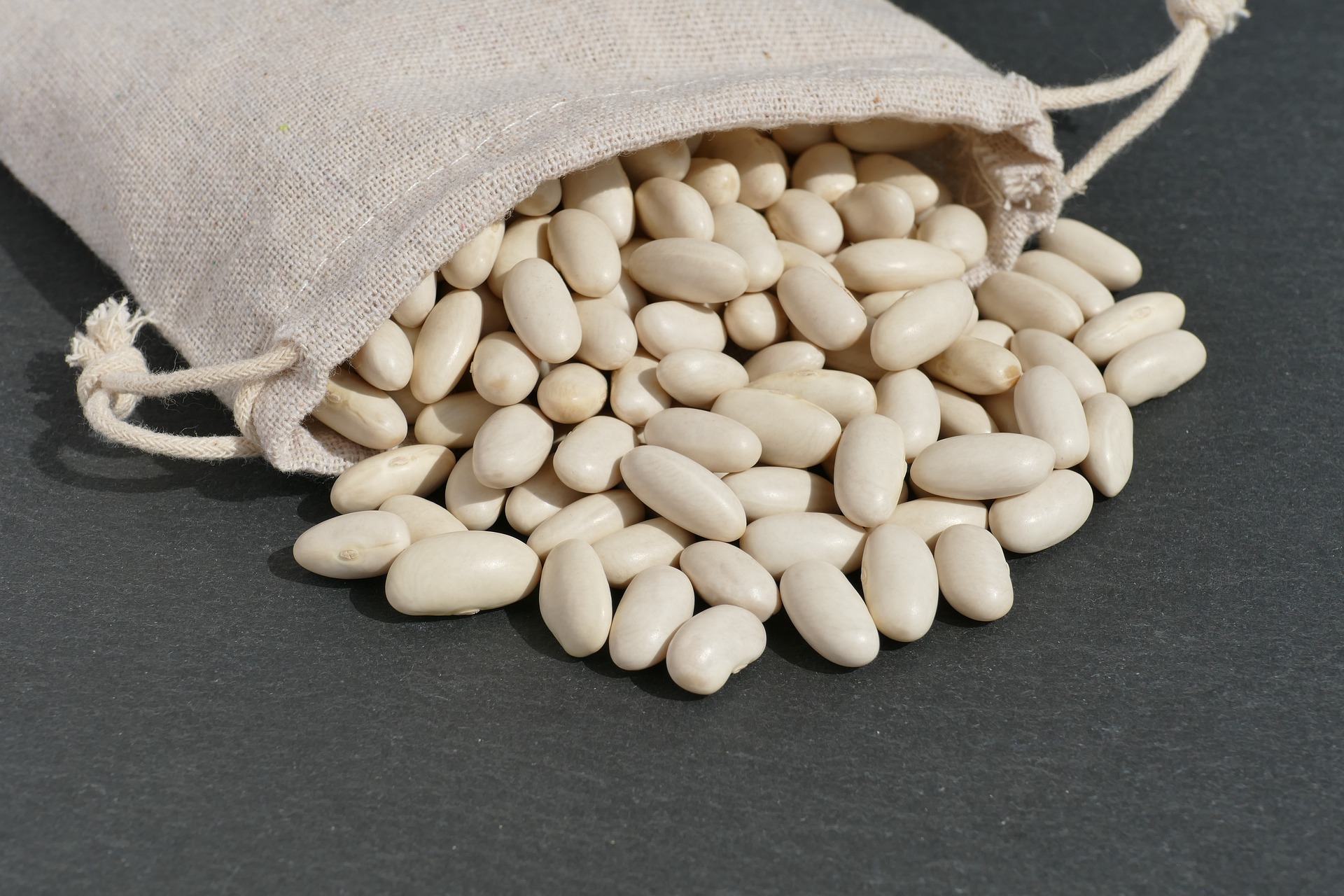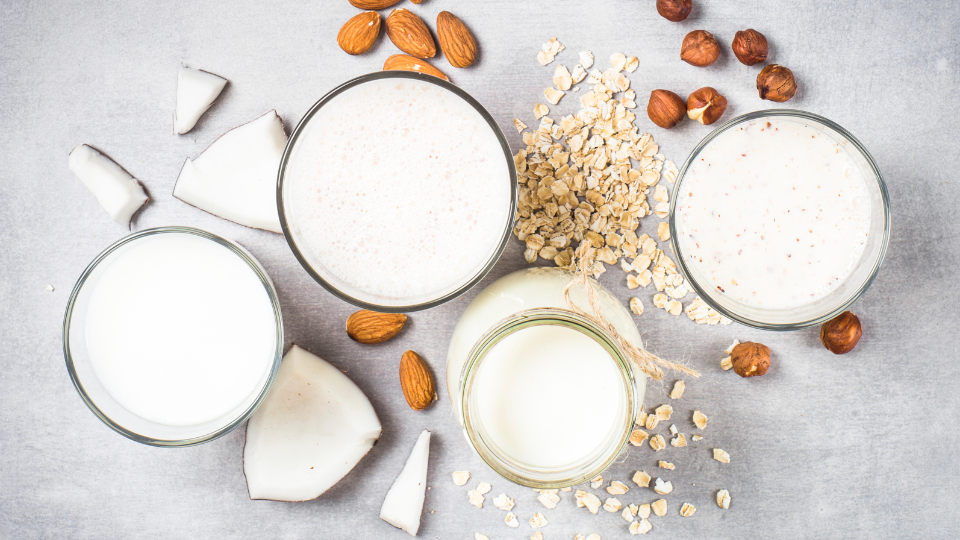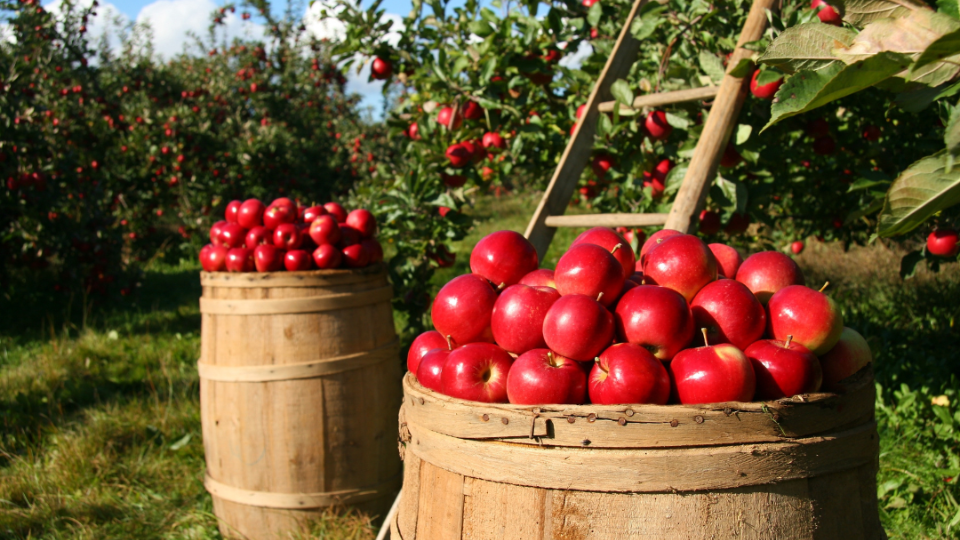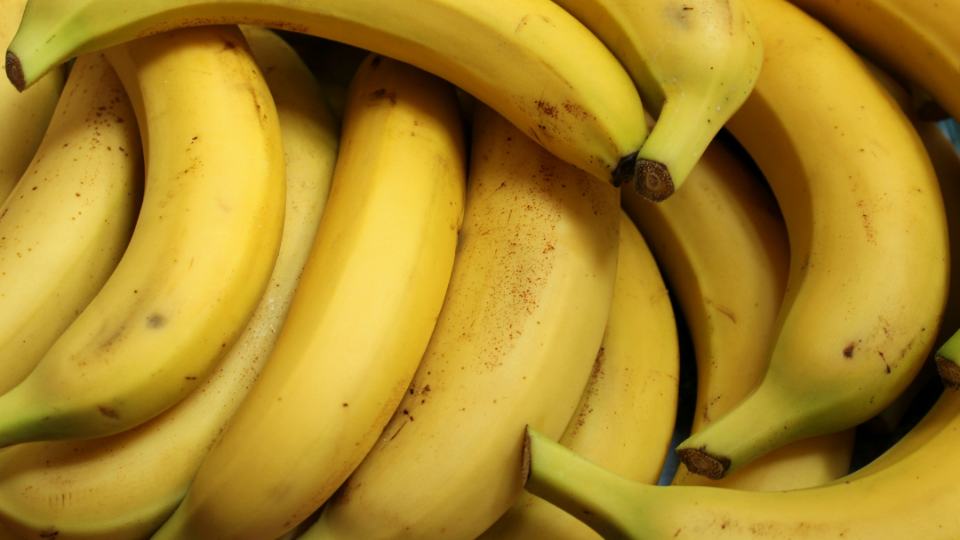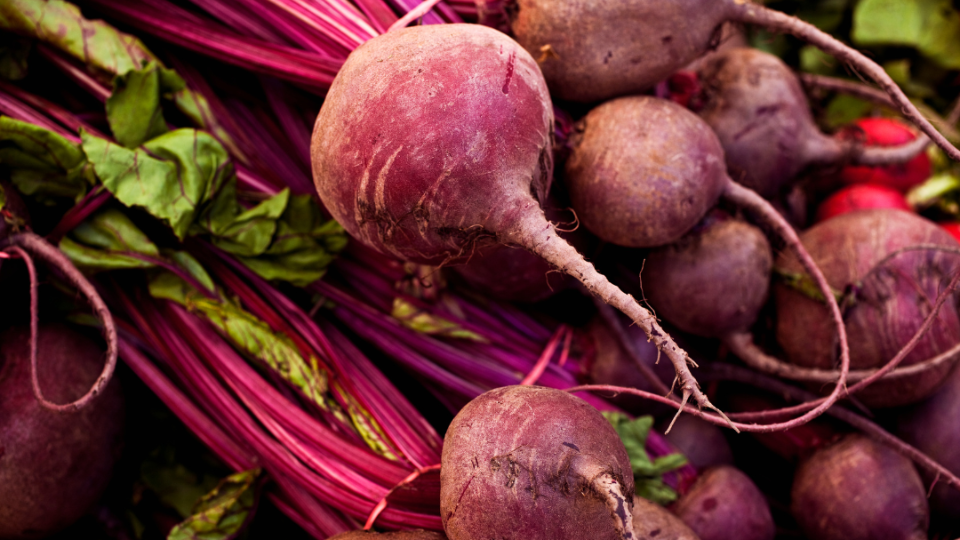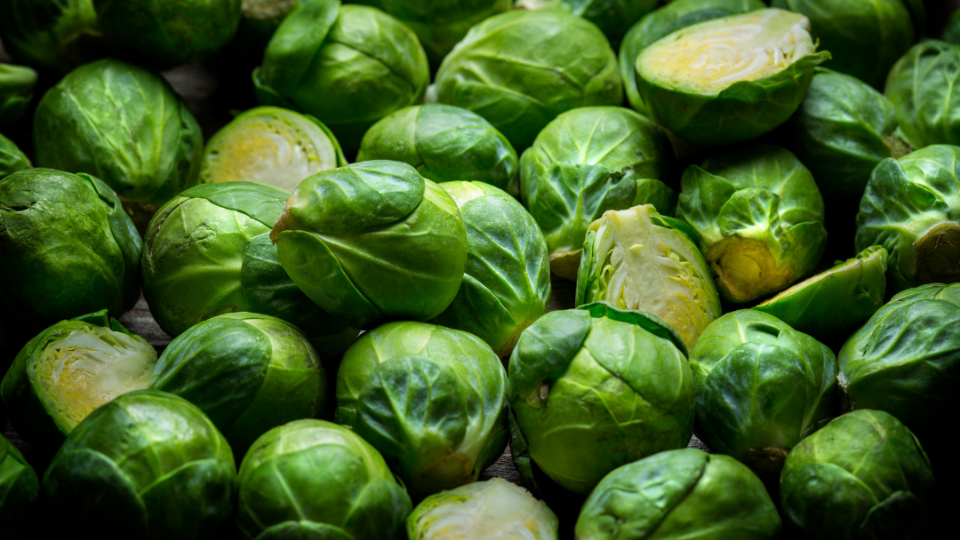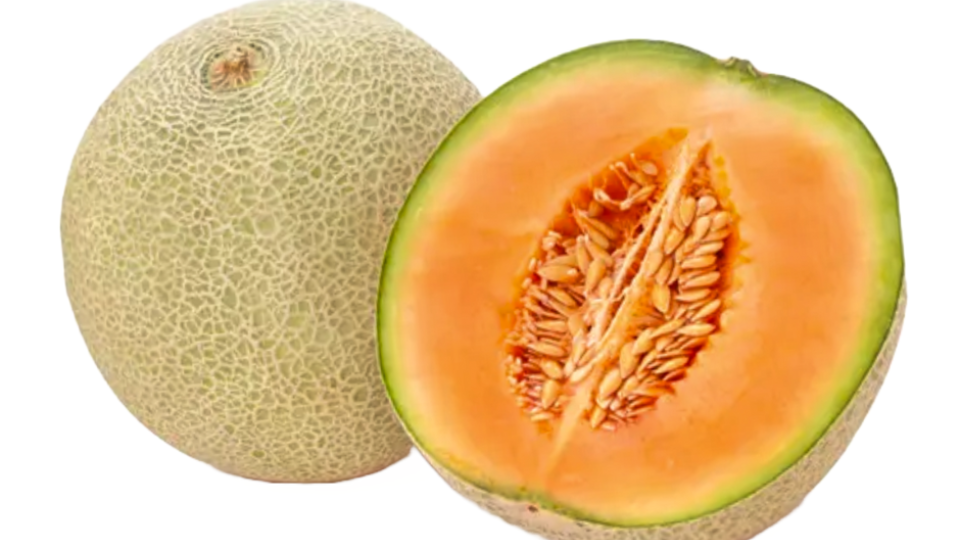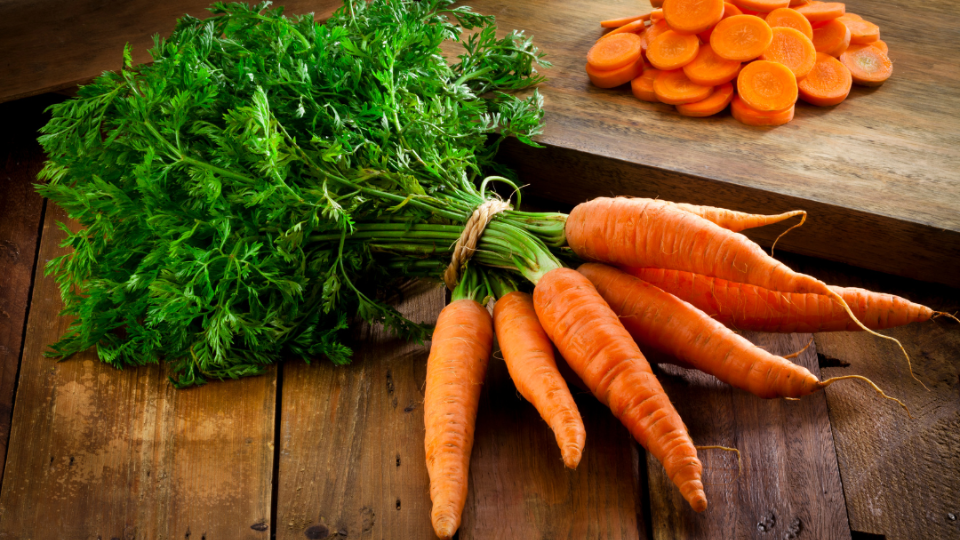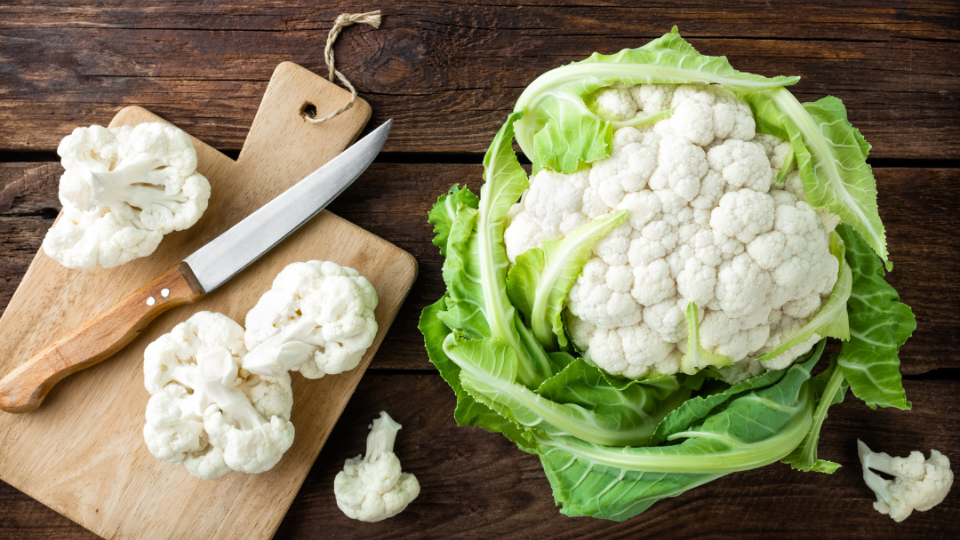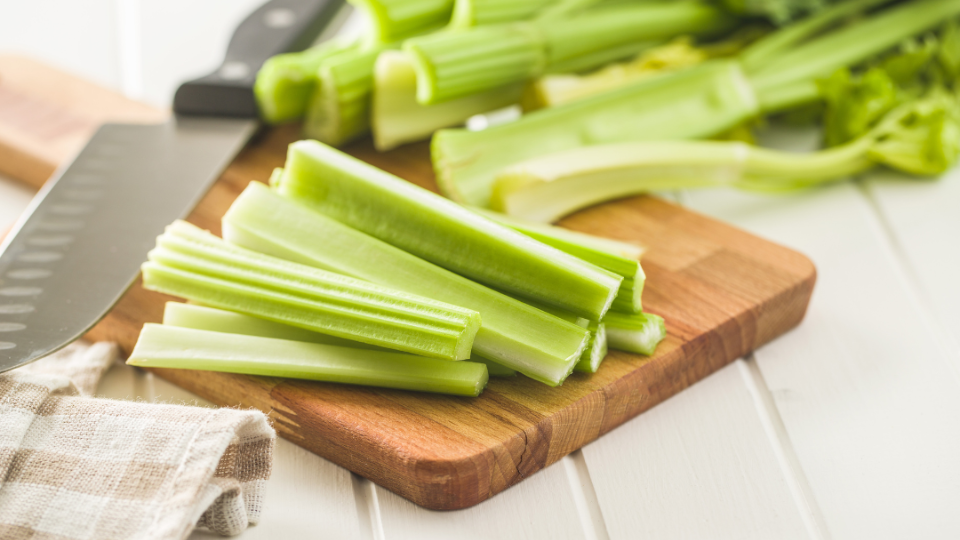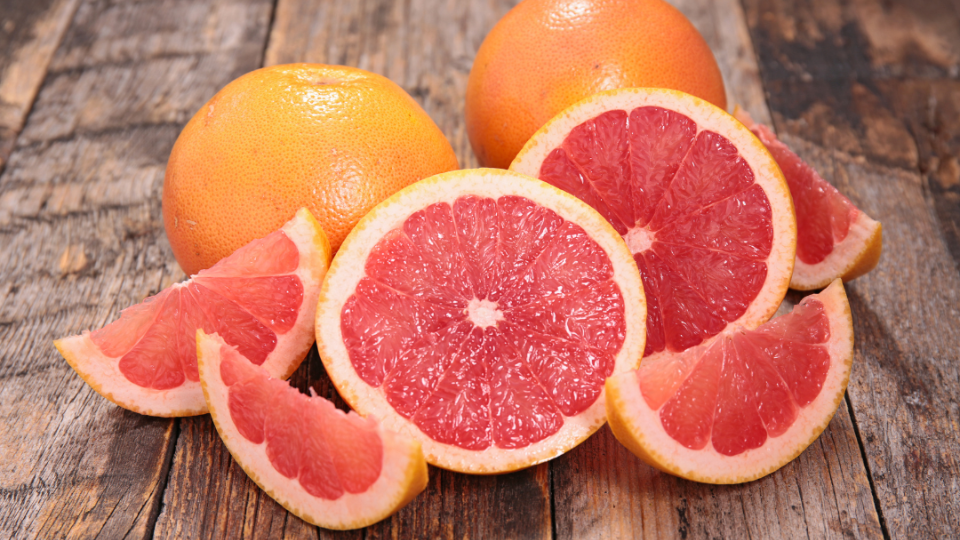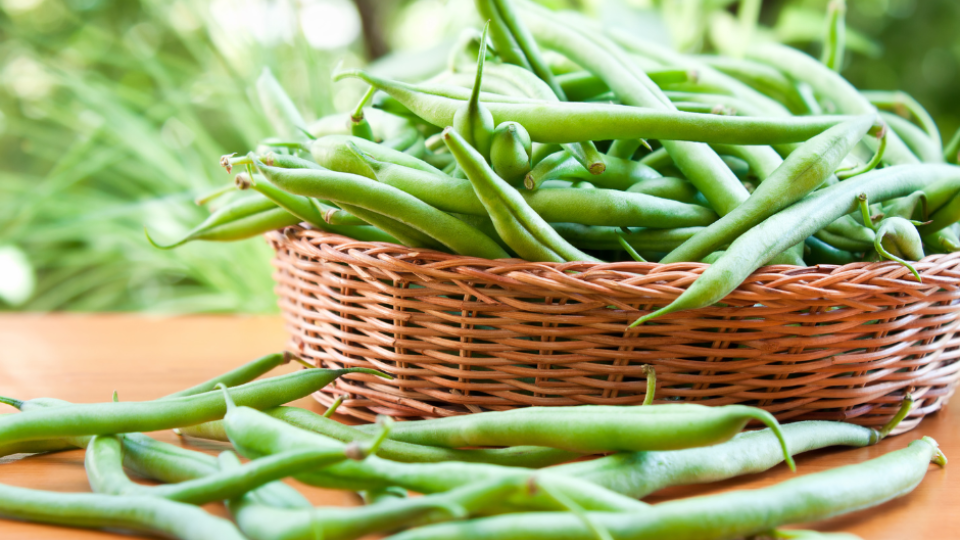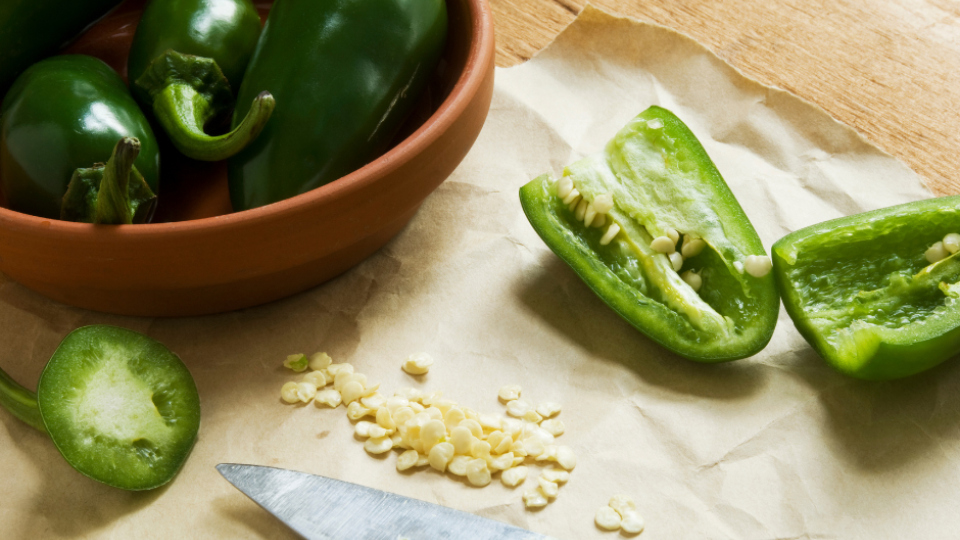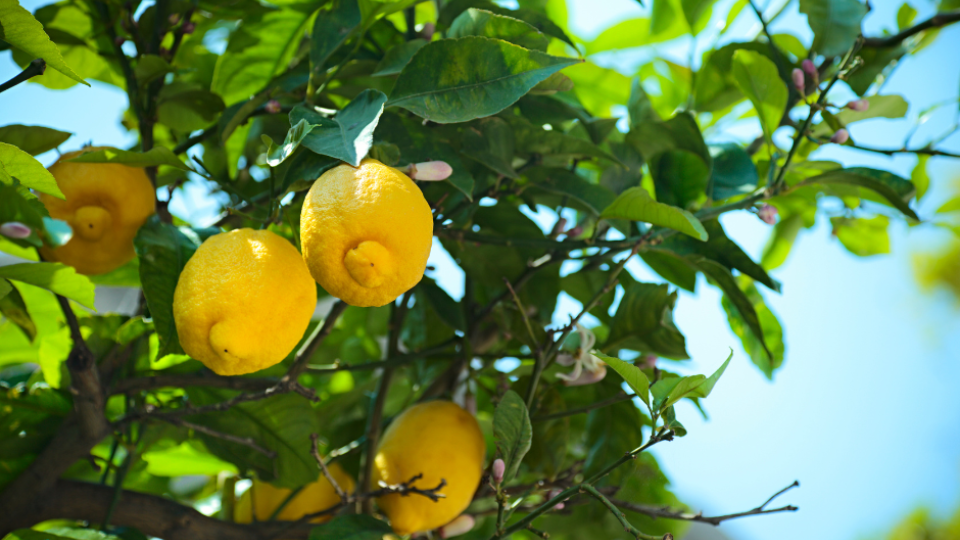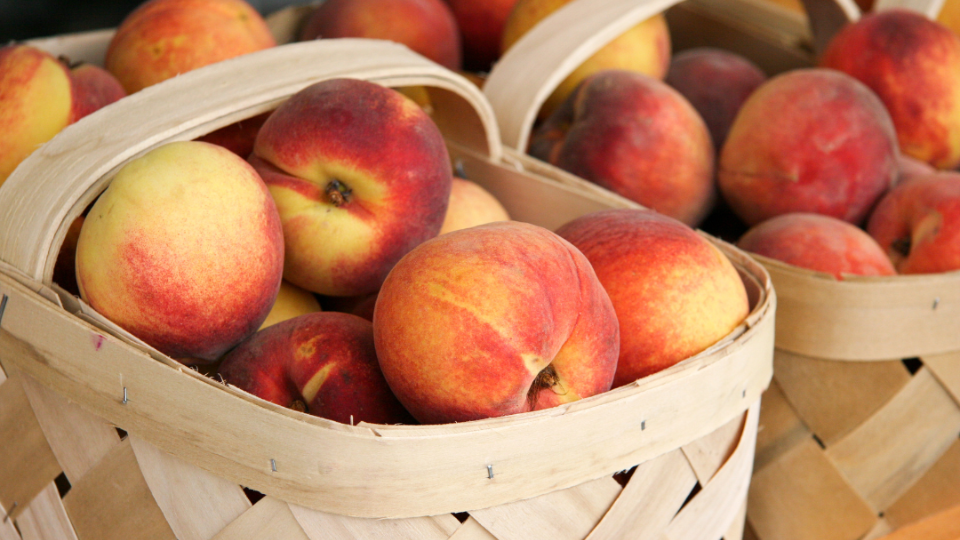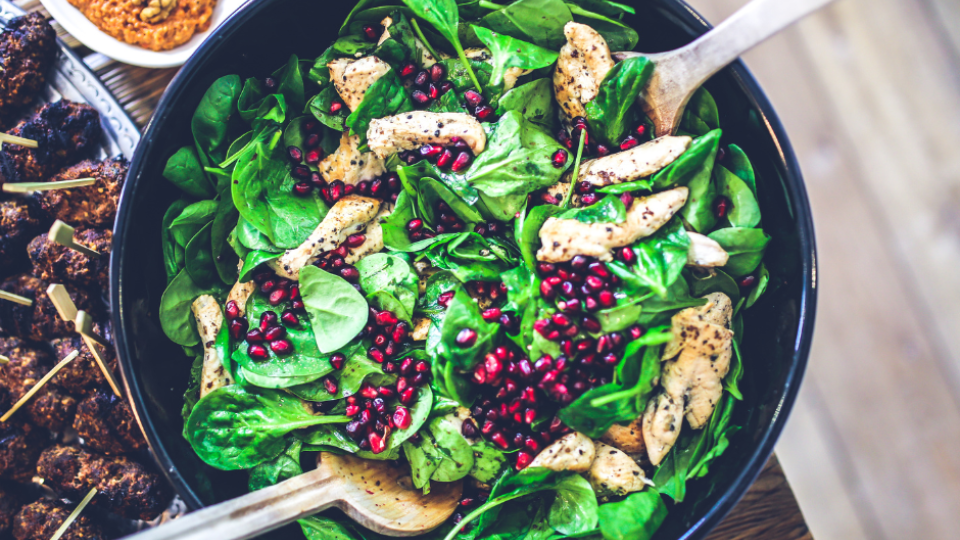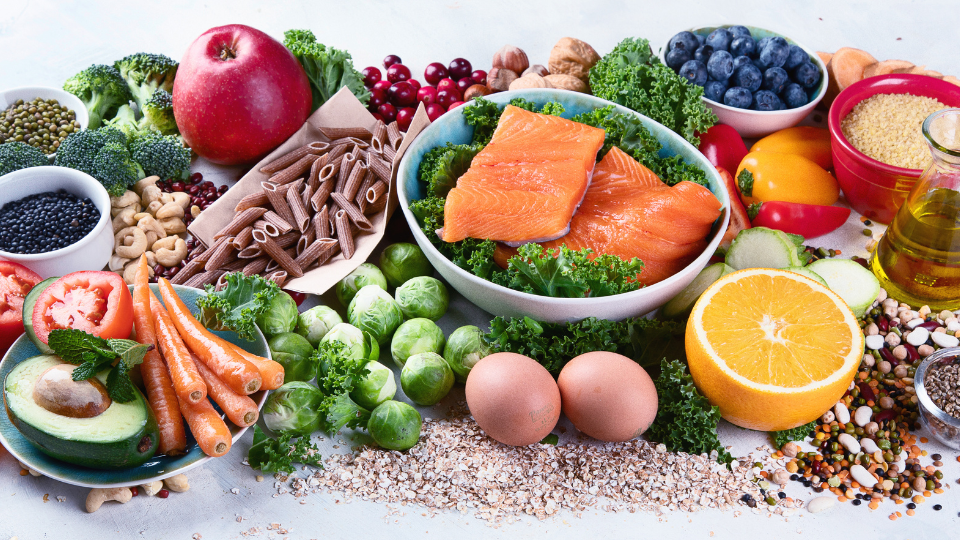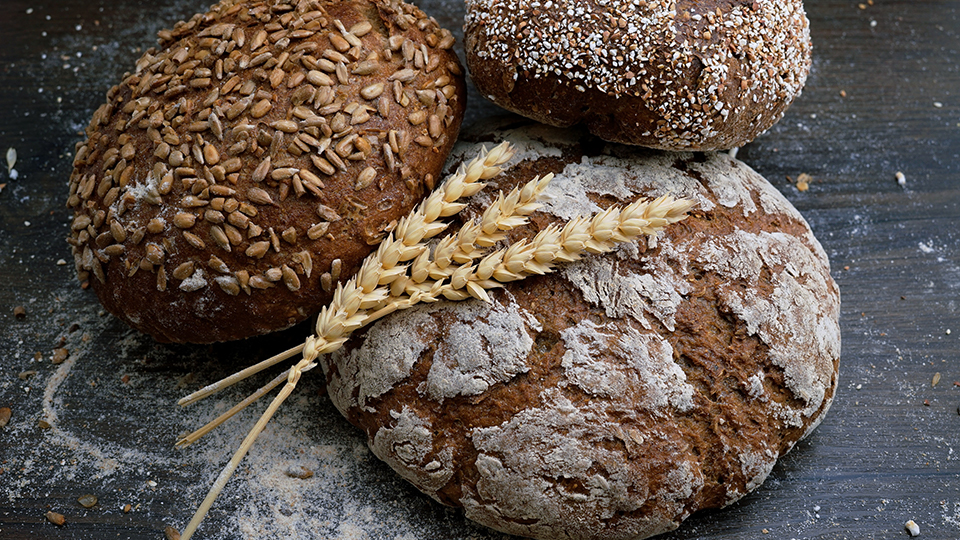Smoothies—Helpful or Harmful?

Smoothies come in a variety of forms with a seemingly endless range of ingredients. Almost anything can be blended into this delicious drink, which makes it an excellent vehicle for attaining adequate amounts of essential nutrients, water, and fiber. Further, they can be a good way to increase consumption of foods that most Americans don’t get enough of such as fruit, vegetables, and dairy (Bates & Price, 2015).
However, it is important to remember that the nutritional value of a smoothie is determined by what ingredients are used. Some recipes include excessive amounts of added or natural sugar that can contribute to dental carixes (also known as cavities), diabetes, and obesity (Palacios et al., 2009). Further, liquid (or semi-liquid) calories are less filling, which may lead to increased calorie consumption (Flood-Obbagy & Rolls, 2009). If eaten in moderation as part of a balanced diet, smoothies may be a good way to increase consumption of healthy foods and nutrients.
Health Benefits

Smoothies can be a vehicle for many nutrients considered essential to the human body. It all depends on what ingredients are used. Most of the healthy nutrients in our smoothies will come from fruit or vegetables used. Benefits of a diet high in fruits and vegetables include lower risk of diseases such as diabetes, obesity, cancer, and cardiovascular disease (Slavin & Lloyd, 2012). Smoothies may be an effective way to increase the amount of fruits and vegetables in our diets (Bates & Price, 2015).
Here is a list of nutrients found in common smoothie ingredients and why they are good for you:
Vitamins and Minerals
Fruits and vegetables are not only rich in color, but also in vitamins and minerals, which perform important functions in the body (Slavin & Lloyd, 2012). Vitamins and minerals are needed to build tissues like skin and bones, keep systems running like the immune system, repair damage, and hundreds of other roles in the body. Dairy is high in Calcium and Vitamin D, which are needed to keep our bones strong among other things.
Fiber
Smoothies are generally composed of blended whole fruit, which has two parts: the juice and the pulp. The pulp is where the fiber is located. Fiber creates bulk and thus contributes to a healthy digestive tract by slowing digestion and sugar absorption (Escalona et al., 2015).
Water
Water is essential to live. Because fruits and vegetables are largely composed of water and contain some of the minerals needed to rehydrate, smoothies are a great way to become and stay hydrated (Escalona Navarro et al., 2015; Slavin & Lloyd, 2012).
Protein
Protein is an essential nutrient found throughout the body – in muscle, bone, skin, red blood cells, and hair just to name a few (Brown & Isaacs, 2011). It is the basic building block for every tissue (Brown & Isaacs, 2011). Protein can be obtained in a smoothie in several ways, by including dairy, peanut and other nut butters, whole nuts, seeds, legumes, and protein powders or supplements. High protein smoothies or protein shakes are most commonly used by bodybuilders and athletes, but they can also be beneficial to people suffering from protein deficiency, pregnant women, and the older adults (Brown & Isaacs, 2011).
Health Concerns
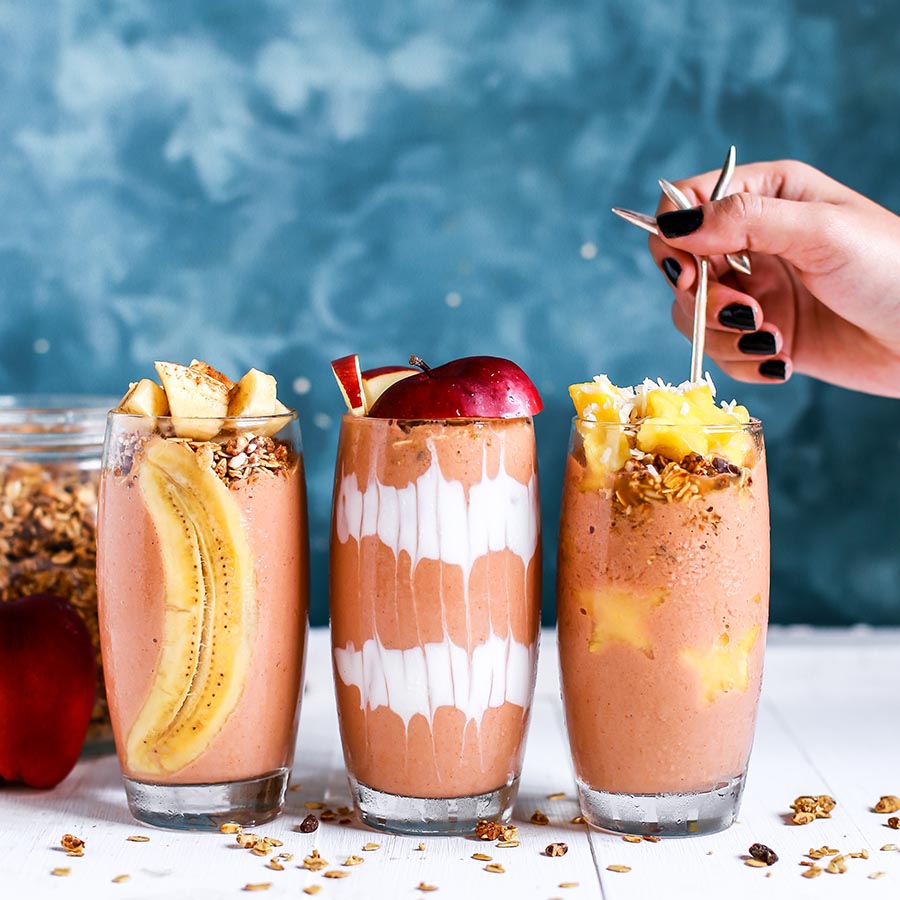
Although smoothies can contain many health-promoting nutrients, they can have negative health consequences if consumed in excess. The most significant concern is the possible high sugar content, which can contribute to development of dental caries (cavities), tooth erosion, and obesity (Blacker & Chadwick, 2013; Maurao, 2007; Mosely, 2013; Palacios et al., 2009). Fruit contains high amounts of natural sugars and acid which, can erode away the enamel of teeth if they come in contact frequently (Blacker-Chadwick, 2013; (Palacios et al., 2009). Also, smoothies are commonly created with additional sweeteners such as ice cream, honey, or sweetened yogurt that can contribute to even higher sugar content.
There is also concern that consumption of smoothies may contribute to obesity. This is because liquid (or semi-liquid) foods do not satisfy hunger and appetite as well, or as long, as solid food (Maurao et al., 2007; FloodObbagy & Rolls, 2009). By drinking calories rather than eating them, more calories will be consumed later in order to satisfy hunger (Maurao et al., 2007). Keeping this in mind, smoothies should be consumed in moderation, taking into account your caloric needs. (To calculate your caloric needs, visit www.supertracker.usda.gov. On this website you can calculate your dietary needs and track how your diet matches those needs.)
Another health concern is the use of smoothies in cleanses such as the “Green Smoothie cleanse,” a common diet of recent years (Amidor, 2016). This can be a dangerous practice due to the extremely low amount of energy consumed (usually <1000 calories) and can lead to deficiencies in essential nutrients. Its claimed purpose is to remove supposed toxins from the body, allowing for more adequate absorption of nutrients and promoting weight loss. The liver and kidneys are extraordinary organs that perform wondrous functions for the body. One of these functions is to remove actual toxins from the body, a process they can perform without the assistance of a cleanse (Amidor, 2016; Slavin-Lloyd, 2012).
In conclusion, smoothies can be a great way to increase intakes of fruit and vegetables in our diet, which would have many health benefits. However, they may contain large amounts of added or natural sugars, which can contribute to dental problems and obesity. To avoid these potential negative effects, look for smoothies without added sugar, and consume them in moderation.
Take Away
A great way to avoid added sugars is by making your own smoothie. For more information, on how to make your own smoothie: https://createbetterhealth.org/2020/07/17/three-steps-to-a-nutritious-smoothie-favorite-smoothie-recipes/
This article written as part of Dr. Heidi Wengreen’s course, NDFS 5230, Communicating Current Issues in Nutrition.
References
- Amidor, T. (2016, January). Ask the Expert: Popular Fad Diets for 2016. Today's Dietitian, 18(1), 8-8.Drost, Dan. 2005. Beans in the Garden. Utah State University Extension. Logan, Utah.
- Bates, D., & Price, J. (2015). Impact of fruit smoothies on adolescent fruit consumption at school. Health Education & Behavior, 42(4), 487-492. http://dx.doi.org/10.1177/1090198114561514
- Blacker, S. M., & Chadwick, R. G. (2013). The erosive potential of smoothies. Vital, 10(3), 30-35. doi:10.1038/vital1684
- Brown, J., & Isaacs, J. (2011). Nutrition through the life cycle. Belmont, CA: Wadsworth, CENGAGE Learning.
- Escalona Navarro, R., Gómez Martín, M., Rodríguez de Cepeda, A., Vázquez García, R., & Espejo Garrido, J. (2015). The importance of smoothies in hydration. Nutricion Hospitalaria, 32 Suppl 210295. doi:10.3305/nh.2015.32.sup2.10295
- Flood-Obbagy, J. E., & Rolls, B. J. (2009). The effect of fruit in different forms on energy intake and satiety at a meal. Appetite, 52(2), 416–422. http://doi.org/10.1016/j.appet.2008.12.001
- Gropper, S., & Smith, J. (2013). Advanced nutrition and human metabolism. Belmont, CA: Wadsworth/Cengage Learning.
- Maurao, D. M., Bressan, J., Campbell, W. W., & Mattes, R. D. (2007). Effects of food form on appetite and energy intake in lean and obese young adults. International Journal Of Obesity, 31(11), 1688-1695. doi:10.1038/sj.ijo.0803667
- Palacios, C., Joshipura, K., & Willett, W. (2009). Nutrition and health: guidelines for dental practitioners. Oral Diseases, 15(6), 369–381. http://doi.org/10.1111/j.1601- 0825.2009.01571.x
- Slavin, J. L., & Lloyd, B. (2012). Health benefits of fruits and vegetables. Advances in Nutrition: An International Review Journal,3(4), 506-516. doi:10.3945/an.112.002154
Authors
Darla Stoker, Dietetics Student, and Carrie Durward, PhD, RD
Related Nutrition Articles





